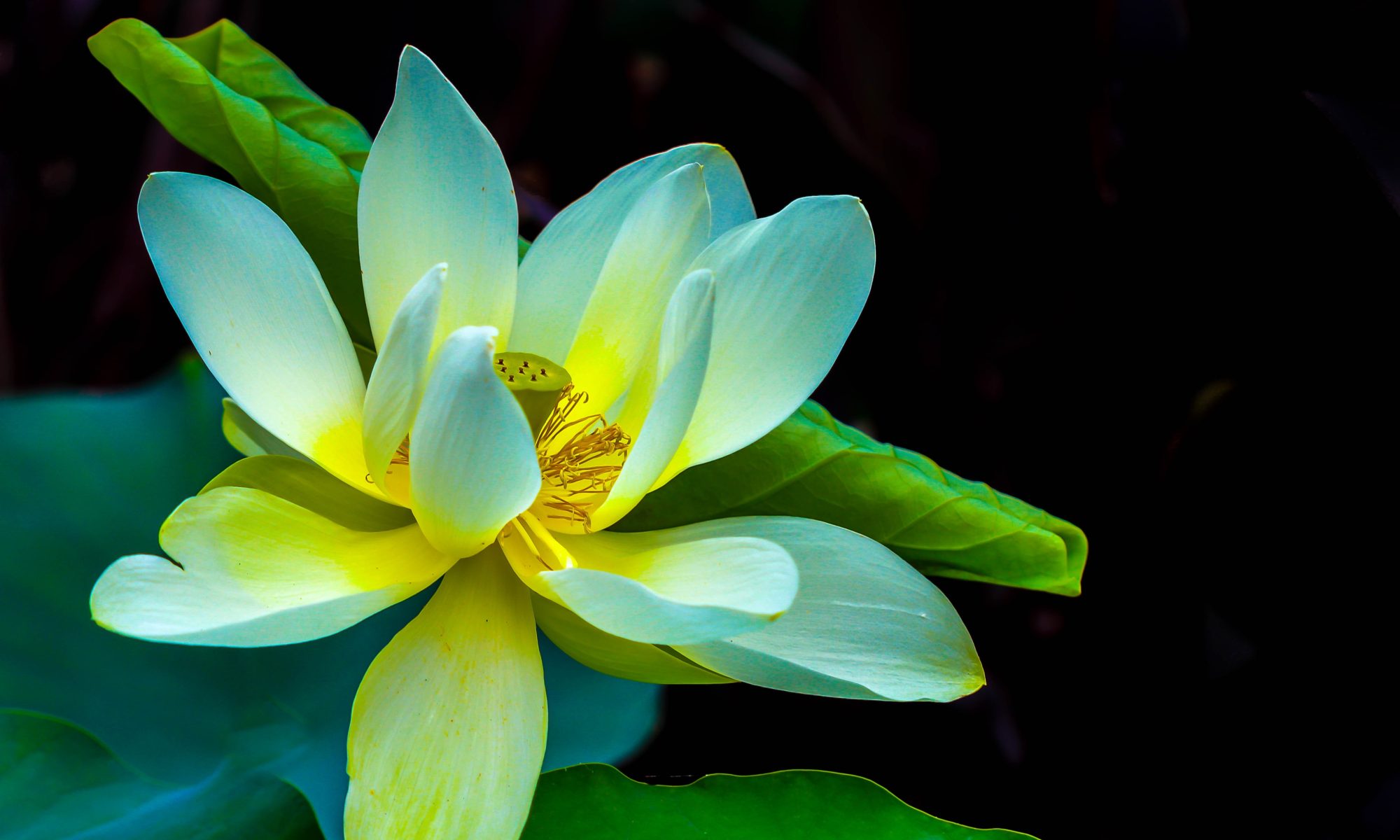Dear kalyanamittas,
Enclose below are the video, audio, short notes and other links to our above 22 December 2019 Sunday class for sharing by all.
Whiteboard link: https://i2.wp.com/broteoh.com/wp-content/uploads/8-The-Path-To-The-Truth-For-The-Modern-Day-Bodhisattva-22-Dec-2019.jpeg?resize=150%2C150&ssl=1
With metta,
Bro Teoh




